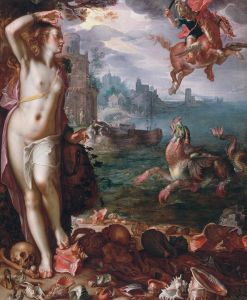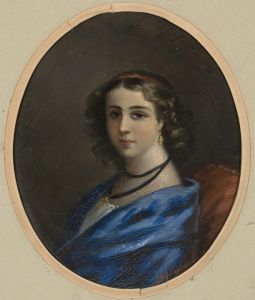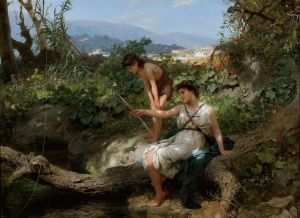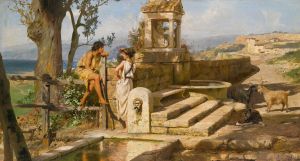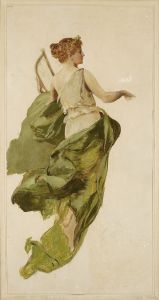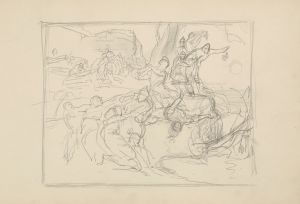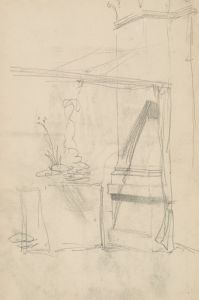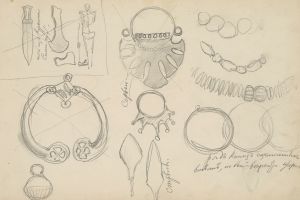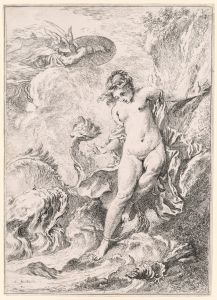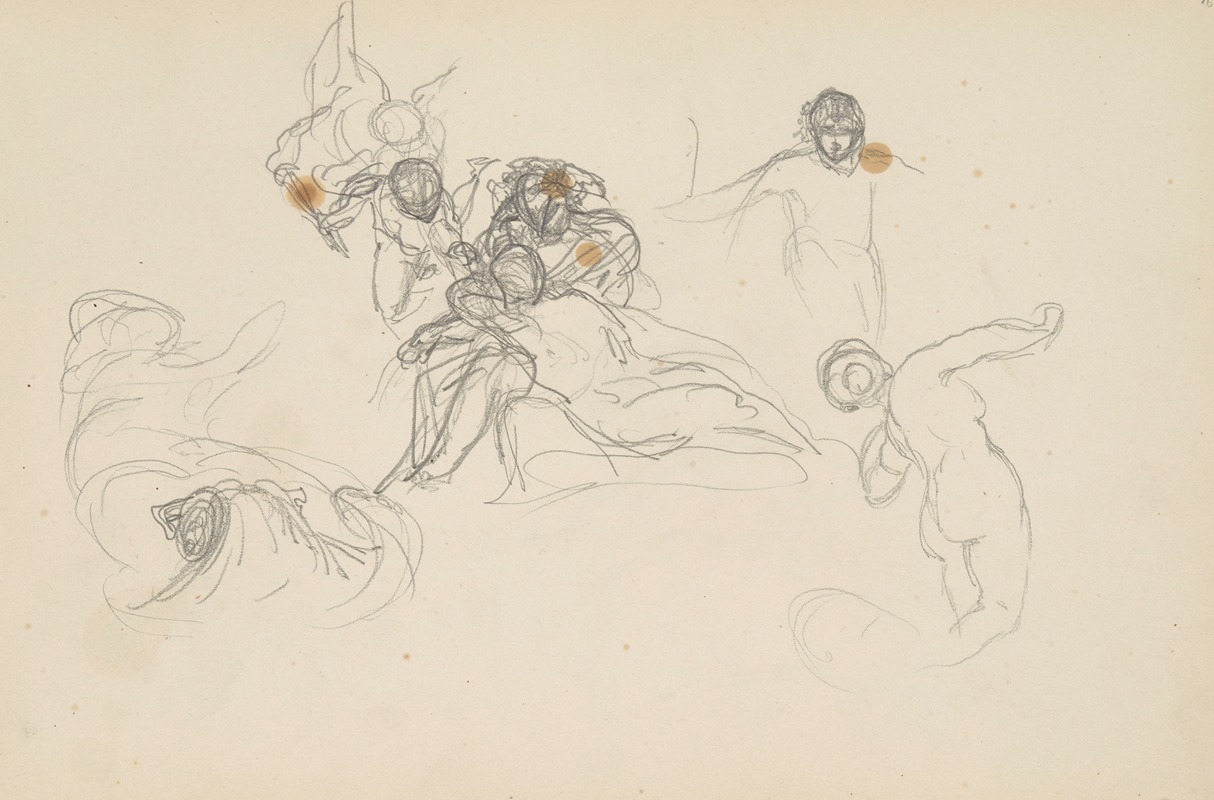
szkice do plafonu ‘Andromeda’; grupa z boginią, szkic Perseusza
A hand-painted replica of Henryk Siemiradzki’s masterpiece szkice do plafonu ‘Andromeda’; grupa z boginią, szkic Perseusza, meticulously crafted by professional artists to capture the true essence of the original. Each piece is created with museum-quality canvas and rare mineral pigments, carefully painted by experienced artists with delicate brushstrokes and rich, layered colors to perfectly recreate the texture of the original artwork. Unlike machine-printed reproductions, this hand-painted version brings the painting to life, infused with the artist’s emotions and skill in every stroke. Whether for personal collection or home decoration, it instantly elevates the artistic atmosphere of any space.
Henryk Siemiradzki, a prominent Polish painter of the 19th century, is known for his large-scale historical and mythological works, often inspired by classical antiquity. One of his lesser-known works, Szkice do plafonu ‘Andromeda’; grupa z boginią, szkic Perseusza (translated as Sketches for the Ceiling ‘Andromeda’; Group with the Goddess, Sketch of Perseus), is a preparatory study for a larger composition. This piece reflects Siemiradzki's meticulous approach to planning his grand paintings, as he often created detailed sketches and studies before executing the final work.
The sketches are believed to be part of Siemiradzki’s exploration of the myth of Andromeda, a popular subject in classical art and literature. The myth, originating from Greek mythology, tells the story of Andromeda, who was chained to a rock as a sacrifice to a sea monster. She was ultimately rescued by Perseus, a hero who later became her husband. Siemiradzki’s sketches likely depict key moments or figures from this narrative, including Perseus and possibly a goddess, though the exact identity of the goddess is not specified in the title.
Siemiradzki’s artistic style is characterized by his academic training and his fascination with light, color, and the human form. He was heavily influenced by the traditions of the European academies, particularly the Italian Renaissance and Baroque periods, which is evident in the dramatic composition and attention to detail in his works. His ability to capture the grandeur and emotion of mythological scenes made him one of the most celebrated painters of his time.
The sketches for Andromeda were likely intended as part of a ceiling decoration, as indicated by the term "plafon" (ceiling) in the title. Ceiling paintings were a common feature in grand architectural projects during the 19th century, often commissioned for palaces, theaters, or other significant public buildings. However, it is unclear whether the final ceiling painting was ever completed or if these sketches remained as preparatory works.
As with many of Siemiradzki’s works, these sketches demonstrate his dedication to the classical tradition and his ability to bring mythological subjects to life. While the specific details of the commission or the intended location for the ceiling painting are not well-documented, the sketches remain a testament to Siemiradzki’s artistic process and his contribution to 19th-century European art.





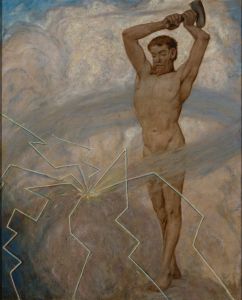
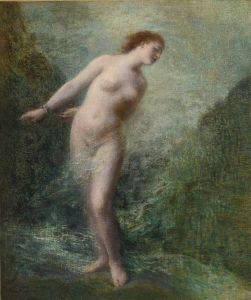
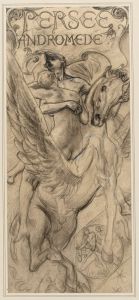
![Drawings for proposed decorations of Mike Lyman’s Restaurant, 424 W. Sixth St., Los Angeles, CA.] [Drawing #10, Scheme 1; Color scheme for ceiling – main dining room](/imgs/249426/s/winold-reiss-drawings-for-proposed-decorations-of-mike-lymans-restaurant-424-w-sixth-st-los-angeles-ca-drawing-10-scheme-1-color-scheme-for-ceiling-main-dining-room-6113fb5a.jpg)

